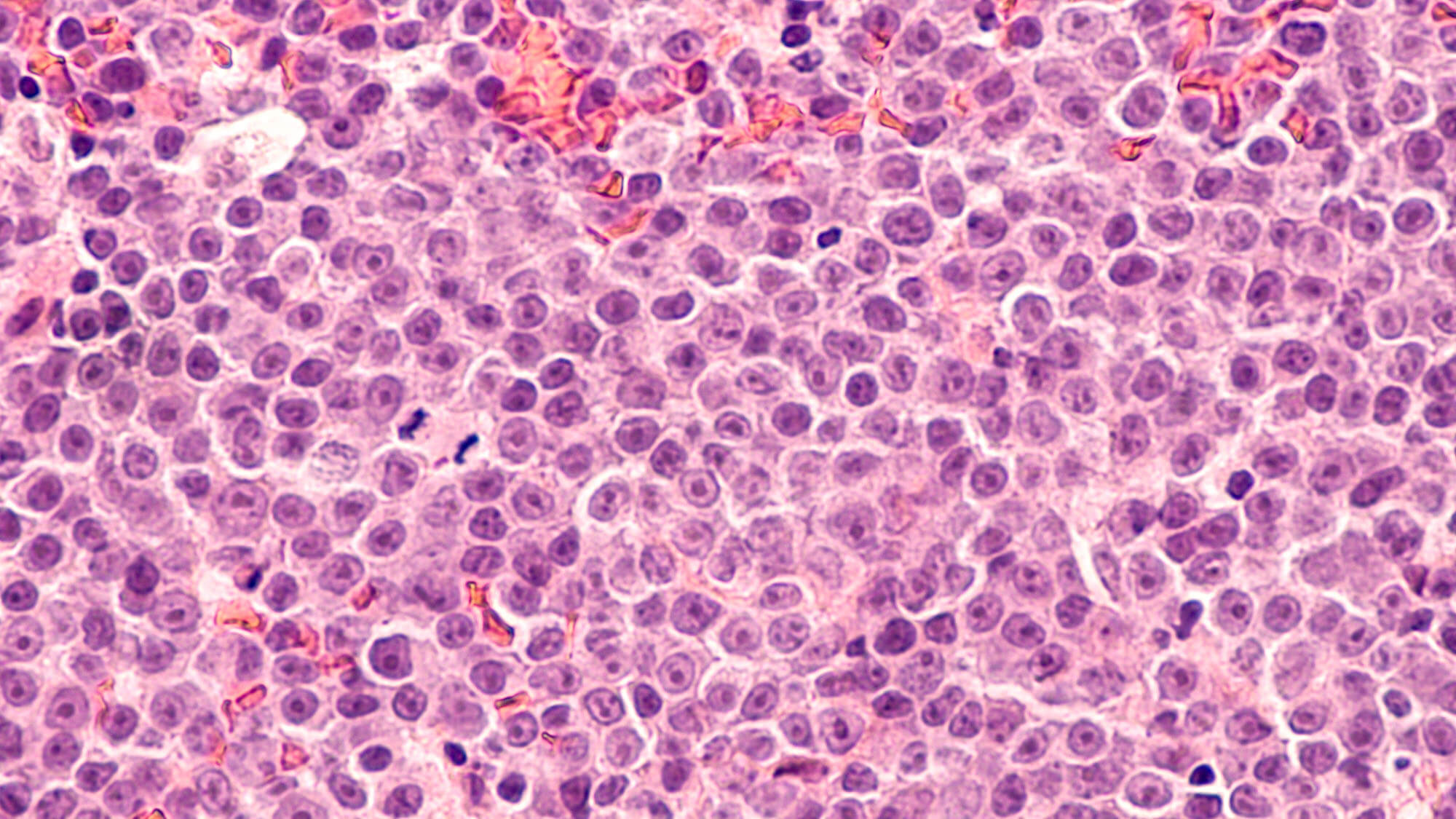Screening patients with multiple myeloma (MM) after an autologous stem cell transplantation (ASCT) with FDG-PET identified patients with residual disease, even among patients negative for minimal residual disease (MRD) by flow cytometry, according to a phase 2 study. The results were published in the journal Leukemia.
Approximately one-third of patients who were PET-positive after ASCT were treated with an additional 4 cycles of carfilzomib plus lenalidomide and dexamethasone (KRd).
In this investigator-initiated, multicenter study, 159 patients with MM who achieved at least a very good partial response after ASCT underwent PET imaging. The primary endpoints included the proportion of PET-positivity and the proportion whose PET became negative after KRd.
At baseline, the median age was 62 and 55% of patients were male. The majority of patients received VRd induction, with a median of 4 cycles before ASCT. The median time from ASCT to PET imaging was 146 days.
There were 53 patients (33%) who were PET positive after ASCT. These patients were more likely to have a higher ISS score, harbor high risk cytogenetics, and received VCd induction. Of these patients, 57% were MRD negative before KRd consolidation.
Of the 50 PET-positive patients who received KRd consolidation, 33% became PET negative. Of the 46 evaluable patients, 79% achieved MRD negativity after KRd. PET conversion was similar regardless of MRD status before KRd, with 36% MRD positive and 30% MRD negative before consolidation (P =.918).
“Our study shows that 4 cycles of KRd consolidation treatment after ASCT in patients with a positive PET were able to convert a clinically significant proportion of patients into PET negativity,” the authors concluded.
Disclosures: The study was supported by Amgen. Please see the original reference for a full list of disclosures.
Reference
N∅rgaard JN, Abildgaard N, Lysén A, et al. Intensifying treatment in PET-positive multiple myeloma patients after upfront autologous stem cell transplantation. Leukemia. Published online August 11, 2023. doi: 10.1038/s41375-023-01998-7
This article originally appeared on Hematology Advisor
